|
The Woodland Education Centre |
|
|
The Woodland Education Centre |
|
Ecological Survey 2000
Spring, Summer & Autumn Cut (Section 6)
These descriptions
build upon the descriptions of the sections given in the 1999 ecological survey and should
be read in conjunction for maximum benefit. |
Observations 1999 - 2000
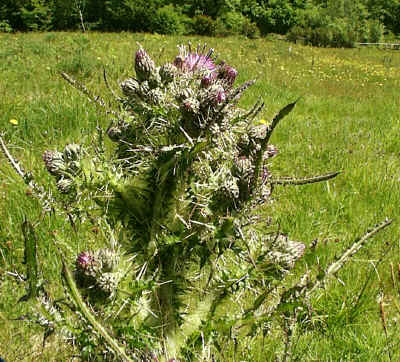 |
Marsh Thistle (left) and Cat's-ear had increased in this section. |
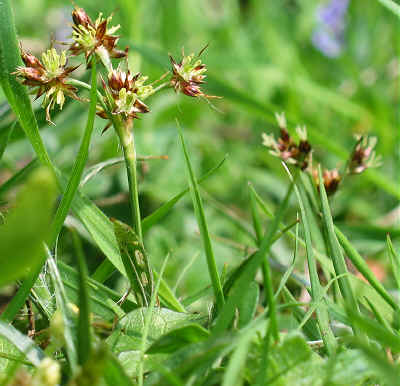 |
Field Woodrush (left) had also doubled in this section over the year. |
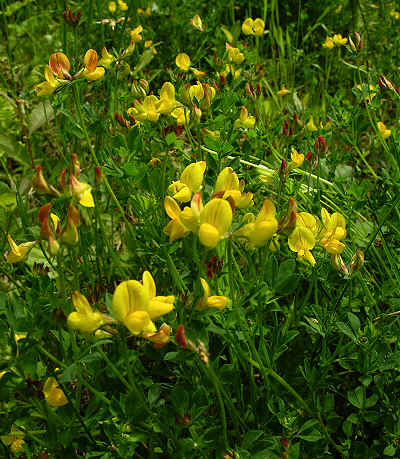 |
The percentage cover of Greater Bird's-foot Trefoil (left) increased four-fold. |
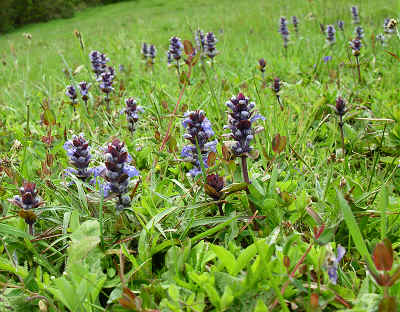 |
The
amount of Bugle (left) doubled in the section. Rowan and Velvet Bent had both become dominant species. |
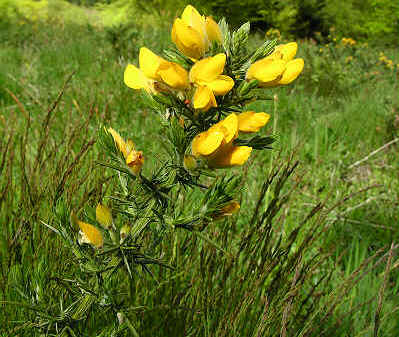 |
Gorse (left) decreased, being found in less than half the number of quadrats sampled compared to the previous year. |
Dominant Plants in
Section 6 in 2000
with figures from 1999 for comparison.
Characteristic heath species are in bold print
| Species | Overall % frequency | Mean % Cover (all quadrats) | ||
| 2000 | 1999 | 2000 | 1999 | |
| Yorkshire Fog | 90 | 96 | 19 | 25 |
| Common Bent | 81 | 96 | 29 | 30 |
| Eurhynchium praelongum | 81 | 33 | 33 | 7 |
| Common Dog-violet | 78 | 92 | 14 | 15 |
| Bugle | 61 | 38 | 14 | 4 |
| Greater Bird's-foot Trefoil | 55 | 42 | 14 | 3 |
| Heath Speedwell | 49 | 63 | 10 | 13 |
| Thuidium tamarascinum | 49 | 25 | 21 | 4 |
| Cat's-ear | 49 | 21 | 6 | 4 |
| Polytrichum formosum | 49 | 29 | 28 | 18 |
| Marsh Thistle | 48 | 33 | 13 | 11 |
| Field Woodrush | 42 | 21 | 4 | 3 |
| Heath Woodrush | 36 | 29 | 4 | 2 |
| Velvet Bent | 35 | 0 | 10 | 0 |
| Slender St John's-wort | 27 | 50 | 2 | 4 |
| Green-ribbed Sedge | 23 | 25 | 5 | 5 |
| Smooth-stalked Sedge | 23 | 38 | 3 | 9 |
| Compact Rush | 23 | 25 | 2 | 4 |
| Rowan | 23 | 13 | 0.5 | 0.5 |
| European Gorse | 20 | 54 | 2 | 16 |
| Pill Sedge | 20 | 42 | 2 | 5 |
| Heather | 14 | 21 | 3 | 6 |
| Percentage frequency = the percentage of the total number of quadrats sampled over the whole site which contain the species. For example, a percentage frequency of 100%, means that the species was found in all quadrats sampled. |
>> Continue to Handweeded Section
Ecological Survey 2000 |